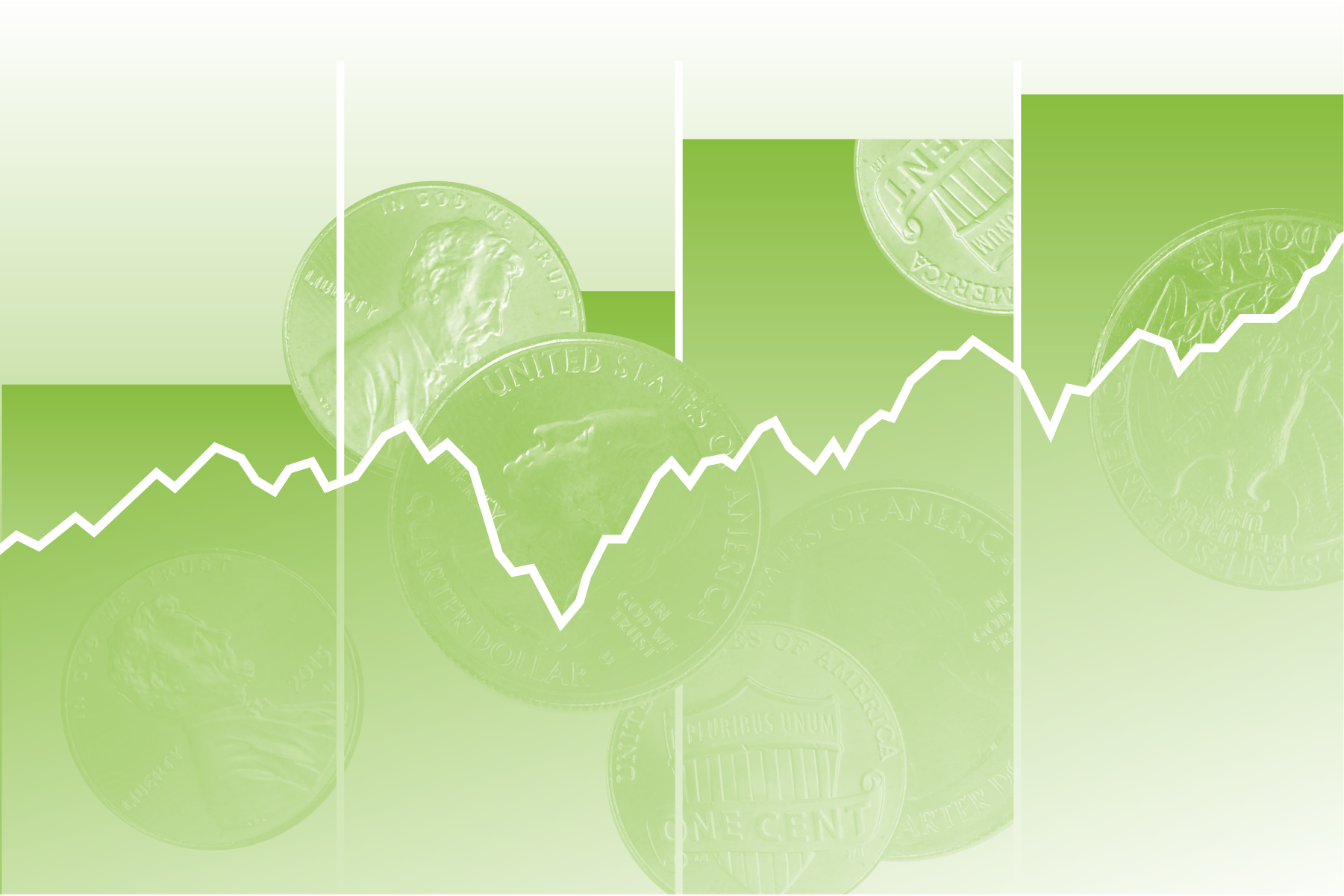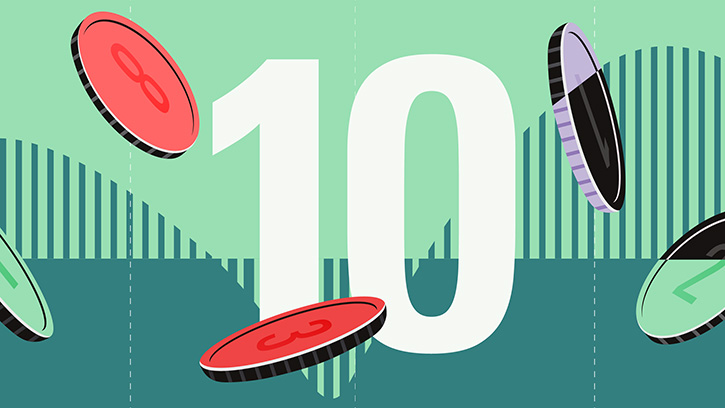
A version of this article first appeared in the March 2022 issue of Morningstar DividendInvestor.
“As American as apple pie” is a phrase I don’t hear much these days. But if you apply it to the payment of dividends, the standard American approach is to cut the pie in four equal pieces. The vast majority of U.S. dividend-payers distribute quarterly dividends of an equal amount until they set a new--preferably higher--dividend rate.
Yet there’s no regulatory requirement that U.S. companies pay a fixed quarterly dividend, and there are plenty of exceptions to this standard, including multiple monthly dividend-payers in the REIT space. Realty Income (O) has even trademarked “The Monthly Dividend Company” as a marketing slogan. On the other end of the spectrum, some U.S. companies pay a single annual dividend.
Some companies outside the United States, like British American Tobacco (BTI) and Taiwan Semiconductor Manufacturing (TSM), pay a fixed quarterly dividend, but annual and semiannual dividend payments are also common, with many companies paying an interim dividend followed by a final payout for the year, based on full-year earnings. There are some merits and downsides to both of these methods. The four-equal-payments approach provides income-focused investors with a fairly high degree of certainty. Barring a dividend cut or suspension, investors know exactly how much they’re set to receive each quarter from the shares they own. And when evaluating potential investments, they can make apples to-apples comparisons of the current forward yields of different dividend-paying stocks.
One criticism of equal quarterly dividends appeared in a June 2020 article in The Wall Street Journal. London Business School professor of finance Alex Edmans wrote that fixed quarterly dividend payments harm the companies that pay them (and therefore the investors who purchase the shares) because it encourages them to make what he believes could be unwise capital allocation decisions. He argued that quarterly payments of a fixed amount are inflexible and that companies--fearful of the stock price decline that generally accompanies any dividend cut--too often continue to pay their dividends when they can’t afford them, or at the expense of better uses of those dollars.
Edmans made the case for buybacks and special one-off dividends as superior ways to return cash to shareholders, because investors don’t have the same expectation that they will continue, as they do with quarterly dividends. Hence, there’s no negative reaction when the same buyback or special dividend doesn’t occur in the subsequent year. There’s another argument--one that Edmans didn’t mention--that can be made against fixed quarterly dividends: Earnings and cash flow aren’t guaranteed, and some dividend-paying companies, especially those in industries that typically see a great deal of variation in cash flow from year to year or quarter to quarter, could be reluctant to devote too much cash to the dividend. They may take an overly conservative approach, keeping the dividend low enough to avoid future dividend cuts and the subsequent punishment of the share price by the market.
A Hybrid Approach: Variable Dividends
Over the past six months, a number of energy companies, all in the energy exploration and production industry, have introduced variable dividend plans, as detailed in the table below. In most cases, this involves a fixed quarterly dividend amount with a variable component that’s based on a set percentage of the previous quarter’s cash flow, minus the fixed amount.

Why is this taking place in the E&P industry? In general, rising commodity prices are good for the energy sector, and that’s certainly something we’ve seen over the past year. Oil prices are up around 55% over the past 12 months as of Feb. 28. But the energy sector isn’t homogenous, and as Morningstar director of research for energy and utilities Dave Meats discussed, different industries within it have varying levels of sensitivity to commodity prices. E&P companies’ cash flows are driven by commodity prices directly, whereas refiners make money on commodity spreads rather than prices themselves, and revenues for midstream firms and oil-services companies are merely second derivatives on oil prices (from pipeline toll fees and E&P capital expenditures, respectively).
All the E&P companies that Meats covers are trying to boost shareholder returns in one way or another, and some have embraced variable dividends as a method of doing so. Devon Energy (DVN) CEO Rick Muncrief made this clear during the company’s November earnings call: “This unique dividend policy is specifically designed for our commodity-driven business and provides us the flexibility to return more cash to shareholders....”
Pros and Cons of Variable Dividend Plans
The obvious appeal of the variable dividend approach for income-focused investors is that it is likely to get more cash into their hands than they would receive via a fixed quarterly payout, as these commodity-price-driven companies would otherwise be unwilling to commit to a dividend rate that isn’t tenable from quarter to quarter. And (arguably) receiving the variable component on a quarterly basis is better than having to wait until the end of a company’s fiscal year to receive it.
The main downside is the same one we see with the interim/final approach to dividends: There’s some uncertainty from quarter to quarter, as well as the question of how to calculate a yield rate. One way is adding total dividend payments over the past 12 months and dividing by the current share price.
As to whether this trend will expand to other industries and sectors, we can already see companies outside E&P that have payouts in addition to their regular quarterly dividends, though not necessarily on a quarterly basis. CME Group (CME), for instance, pays a special dividend at year-end that is nearly equal to the sum of its quarterly dividend payments for the year.
I believe any further adoption is most likely to occur in industries where companies have highly variable cash flows, though I imagine that investor reaction will drive changes in corporate policies. That is, if corporate boards believe investors are embracing such companies and buying their stock because of such policies, the approach is more likely to propagate.




















